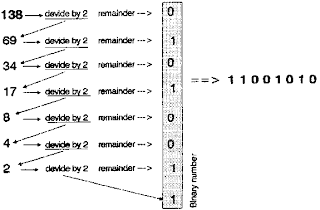In this post we will learn about the characteristics of machine instructions, the elements of a machine instruction,we will demonstrate instruction representation, discuss various types of addressing modes and also introduce types of operands and type of operations
Characteristic of machine
instructions
The instructions the computer executes determines the operation of the processor. collection of different types of instructions can be called the instruction set. what needs to be understood is that each instruction must contain the information required by the processor for execution
Elements of a Machine Instruction
Source and Result operand can be in the virtual/main memory, the processor register, I/O devices,or even Immediate where the value of the operand is contained in a field in the instruction being executed.
Instruction Representation
Symbolic Representation of Machine Instruction: as EX. ADD,SUB,LOAD,DIV,MUL, are used in order to solve the problem of dealing with binary representation of instructions.
OPCODES are represented by abbreviations called mnemonics that indicate the operation.for Ex.
ADD is for addition
SUB is subtraction
so, say we want to add A and B together, the abbreviations will be
ADD A,B
Instruction Types
Data Processing: Arithmethic and Logic Unit Instructions
Data Storage: Memory Instructions
Data Movement:I/O Instructions
Program Flow Control: Test an Branch Instructions
Addresses
1 Address Example
2 Address Example
3 Address Example
















.jpg)






